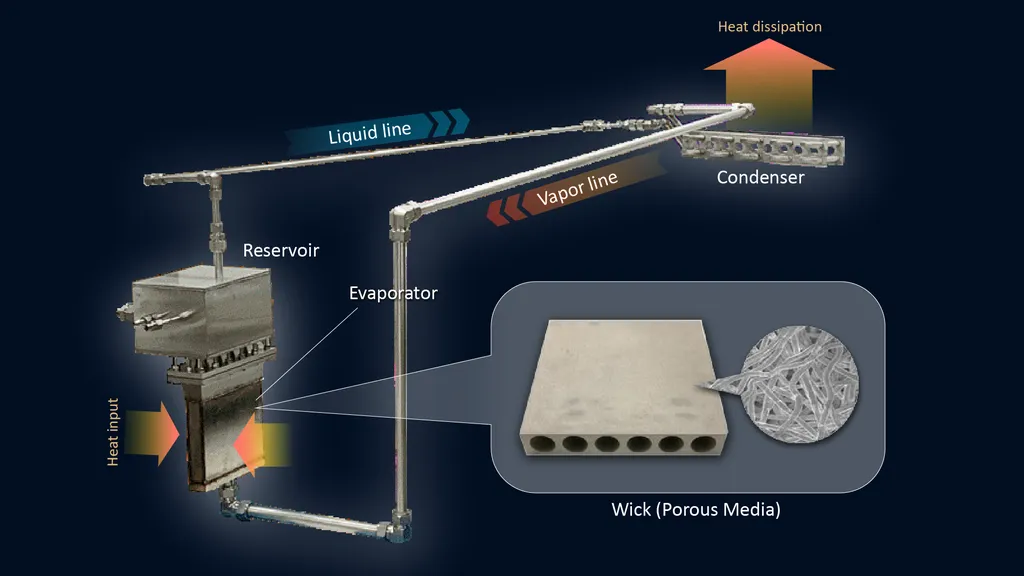In the high-stakes world of hydraulic systems, where precision and durability are paramount, a new study is shedding light on a persistent challenge: the wear and tear of valve surfaces due to the combined effects of corrosion and cavitation. This research, led by Ryota Takasaka from the Graduate School of Micro-Nano Mechanical Science and Engineering at Nagoya University, delves into the intricate dance of forces that can degrade hydraulic valves, particularly in automotive linear solenoid valves.
Hydraulic control systems are the unsung heroes of industries ranging from aerospace to construction, prized for their efficiency and responsiveness. With the integration of mechatronics and intelligent systems, these systems have become even more sophisticated. However, the specter of cavitation erosion looms large. Cavitation occurs when the pressure of a liquid drops below its vapor pressure, forming bubbles that collapse with explosive force, eroding the valve surfaces.
Takasaka’s study, published in Tribology Online (known in English as “Friction, Wear and Lubrication”), focuses on the impact of glycol-based hydraulic fluids on this process. The findings are striking. “The synergistic effects of the corrosive action of the hydraulic fluid and the impact pressure of cavitation caused severe valve wear in our experiments using Fluid A,” Takasaka explains. This wear can significantly degrade valve performance, leading to inefficiencies and potential system failures.
The research also explored different base oils and additives, identifying which types of additives promote corrosion and which can inhibit it. This is a crucial insight for the energy sector, where hydraulic systems are integral to numerous applications. Understanding how to mitigate these effects can lead to more durable, efficient systems, reducing downtime and maintenance costs.
The implications of this research are far-reaching. By pinpointing the mechanisms behind this wear, engineers can develop more effective strategies to combat it. This could involve designing new additives that form protective passive films on valve surfaces, or optimizing hydraulic fluid formulations to minimize corrosive effects.
As Takasaka notes, “This study provides a foundation for future research into the synergistic effects of corrosion and cavitation. By understanding these mechanisms, we can develop more robust hydraulic systems that are better equipped to handle the demands of modern industries.”
In an era where efficiency and reliability are key, this research offers a promising path forward. By addressing the challenges of cavitation erosion and corrosion, the energy sector can enhance the performance and longevity of hydraulic systems, ensuring they continue to meet the high demands of various industries.

